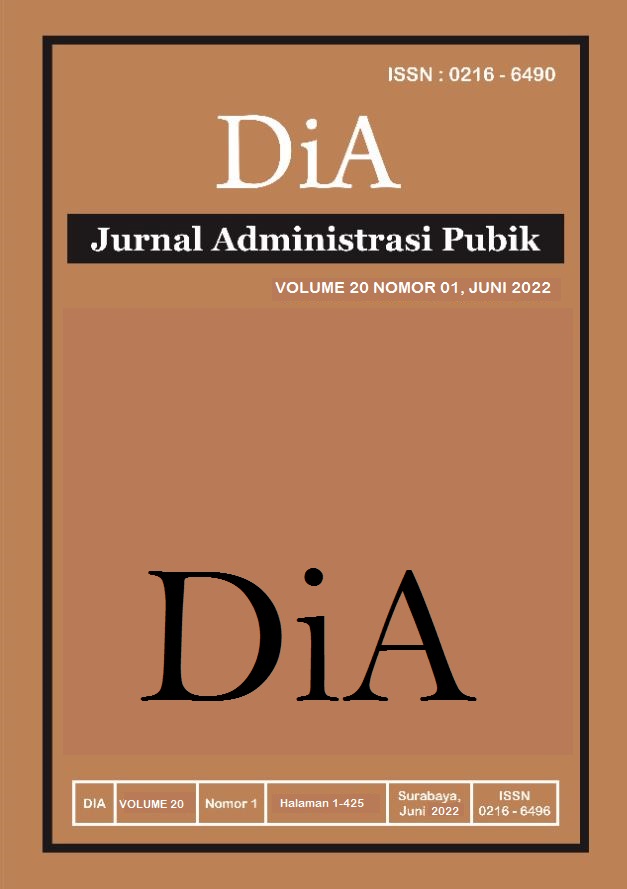EXPLORING THE CONCEPTUAL MODEL OF PUBLIC PRIVATE PARTNERSHIP FOR LOCAL TOURISM DEVELOPMENT
DOI:
https://doi.org/10.30996/dia.v20i01.5829Keywords:
PPPs, Tourism Development, Infrastructure, Literature ReviewAbstract
The concept of Public-Private Partnerships (PPPs) has been accepted as one viable alternative to promote infrastructure development. Yet, recently some government institutions have applied PPPs for developing local tourism sites for their region. The situation is going to be more complex when the PPPs deal with some non-physical attributes and generate several shortcomings. Therefore the need for a specific model to cover PPPs as the concept and tourism development as its substance becomes essential. This research attempts to explore the model by using a specific review of the recent kinds of literature and theories. It is conducted by contextual approaches intended to adjust to Indonesian tourism development. The result of this research has described the specific model which is constructed from a series of literature discussions from previous studies. It has been designed to minimize the weakness and vulnerable points of PPPs for tourism development.
Downloads
Downloads
Published
How to Cite
Issue
Section
License
The DiA journal allows authors to retain the copyright of their papers without limitation. Authors may grant publishers non-exclusive publishing rights to publish articles. Granting first publishing rights to publishers also qualifies as unlimited copyright (because there are no restrictions imposed by publishers on author copyright).






